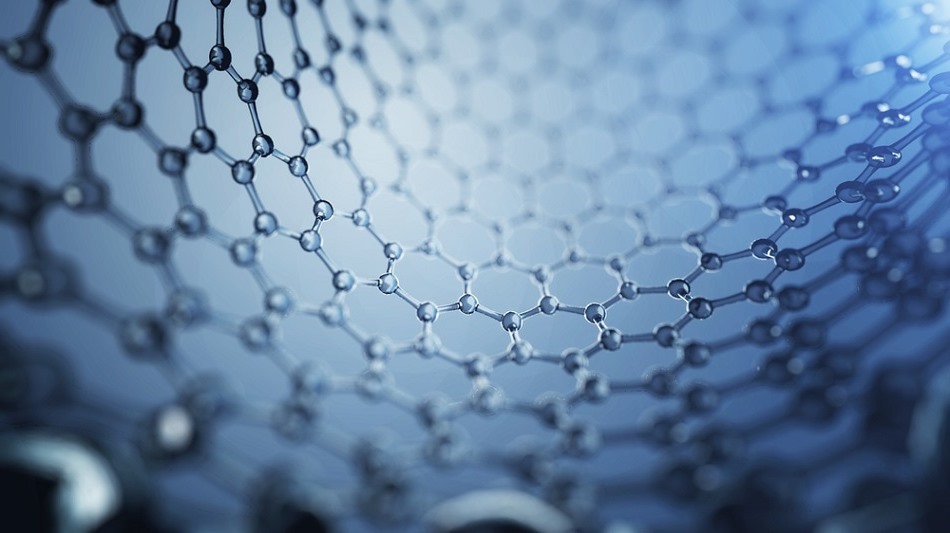COMPOSITION COMPRISING NANOPARTICLES AND A METHOD FOR THE PREPARATION THEREOF
Technical description of this US patent
Nanotechnology, in particular synthesis and use of nano particles, is introduced in many fields and features a plurality of possible applications such as chemical or biological detectors, drug delivery systems, new generation of laser, reinforced materials, thermal barriers and inkjet systems as well as textiles. Most of the known synthetic methods for the production of silver nanoparticles rely on the use of organic solvents, such as acetone, chloroform, DMSO, etc., and toxic reduc ing agents, such as hydrazine, DMF, Sodium borohydride, etc., in addition to separate Stabilizing agents. All previous chemicals are toxic and pose potential environmental and biological risks. Besides this, said Substances cause high costs and are therefore not favorable for an industrial appli cation. Vigneshwaran et al., Carbohydrate research, 2006, 341, 2012-2028, relates to the “green” synthesis of stable silver nanoparticles using soluble starch. It is disclosed that the preparation was carried out in an autoclave at 15 psi at 121° C. for 5 minutes. The nanoparticles obtained this way were found to be stable in aqueous solution over a period of 3 months at room temperature. Soluble starch in terms of this disclosure means linear amylose which was obtained from native starch by separation from the insoluble part (branched amylopectin). The disclosed nanoparticle solutions featured a low concentration of only 50 ppm of silver nanoparticles. US 2010/0172997 A1 relates to gold, silver and copper nanoparticles stabilized in biocompatible aqueous media. It is disclosed that the nanoparticles can be prepared by photo reduction and thermolysis. Biopolymers such as chitosan, PVA, HPC, PEG, algenic acid etc. were used as stabilizing agents. US 2007/026988.0 A1 relates to a stabilizing solution for Submicronic particles. In particular, the synthesis of silver and gold nanoparticles using bitter gourd extract is dis closed. The particles prepared this way feature diameters in a range from 20 to 150 nm. Moreover, a broadening in size distribution of the formed particles was observed. US 2006/0045916 A1 relates to a method for preparing silver nanoparticles by the reduction of silver ions using phosphine amino acids. The particles are stabilized by a starch previously dissolved in water at a temperature of 100° C. It is an object of the present invention to provide well stabilized, highly concentrated compositions comprising nanoparticles having a narrow size distribution which can be prepared at low costs under ambient conditions.
This object is achieved by a composition comprising nanoparticles Stabilized by an at least partially deprotonated biopolymer.
Preferably, the nanoparticles are metal and/or metal oxide nanoparticles, preferably Au, Ag, Pd, Pt, Rh, Ir, Cu, Co, Ni, Fe oxides and/or ZnO nanoparticles, more preferably Ag nanoparticles. This object is achieved by a composition comprising nanoparticles Stabilized by an at least partially deprotonated biopolymer.
Preferably, the nanoparticles are metal and/or metal oxide nanoparticles, preferably Au, Ag, Pd, Pt, Rh, Ir, Cu, Co, Ni, Fe oxides and/or ZnO nanoparticles, more preferably Ag nanoparticles.
The present invention relates to a composition comprising nanoparticles Stabilized by an at least partially deprotonated biopolymer and a method for the preparation thereof.

Advantages and potential market of this US patent
This object is achieved by a composition comprising nanoparticles Stabilized by an at least partially deprotonated biopolymer.
It was surprisingly found by the inventors that the inventive nanoparticles can be prepared under ambient conditions by using an at least partially deprotonated biopolymer as both a stabilizing and a reduction agent. Especially, organic Solvents and/or toxic reducing agents can be avoided, so that potential environmental and biological risks can be prevented. Additionally, the inventive composition can be prepared in a very cost-effective manner and is therefore attractive for industrial applications.
Finally, it was surprisingly found that the inventive method allows the preparation of nanoparticles with a well controlled size and a narrow size distribution.
The composition of the present invention can be advantageously utilized in healthcare, medicinal and industrial antimicrobial applications, such as agents for promoting healing of wounds and reducing information associated with burns.
This US patent accepts the following approaches to cooperation:
Technology licensing
Technology transfer
Technical support services
Technical advisory service
Technology investment shares